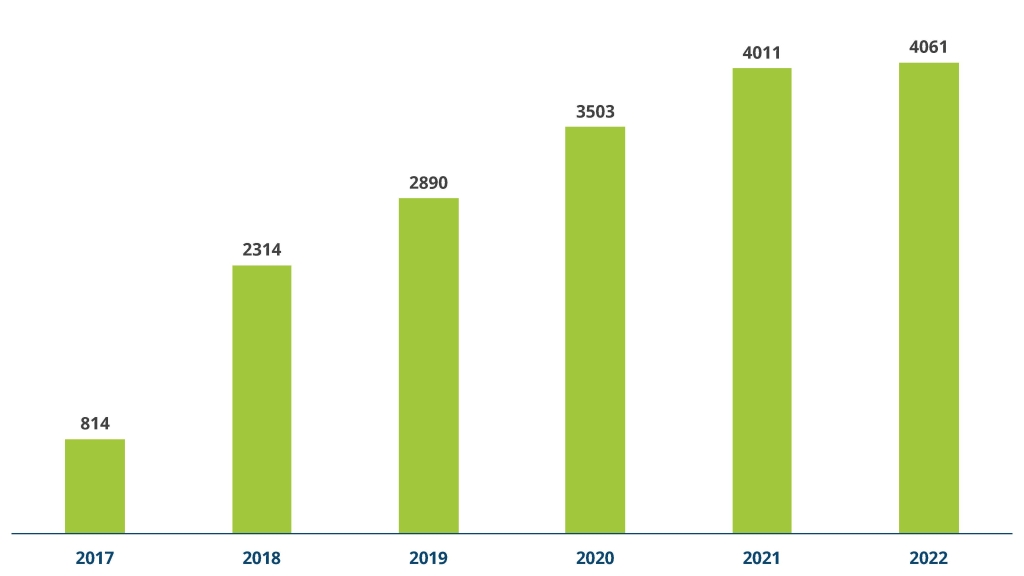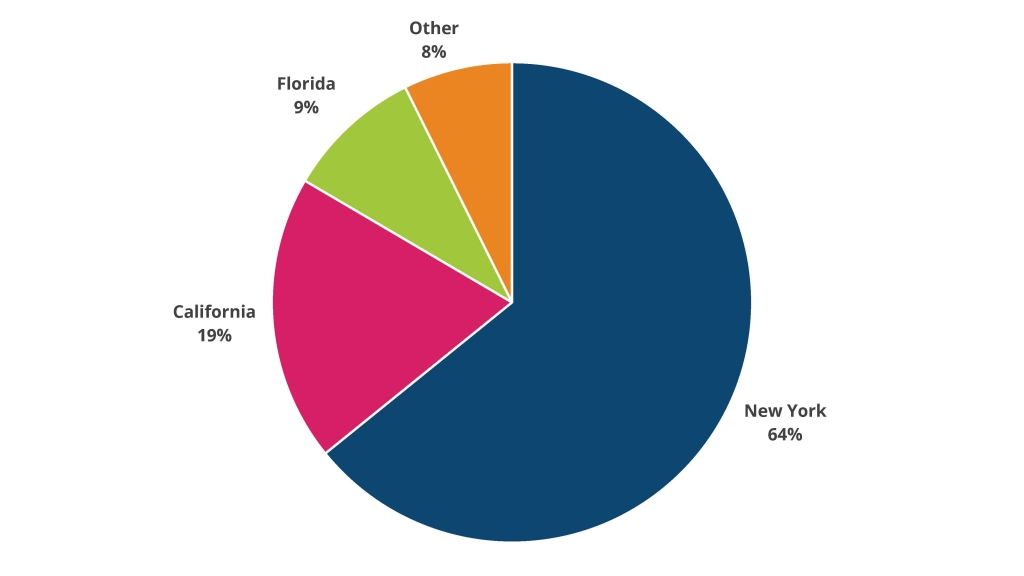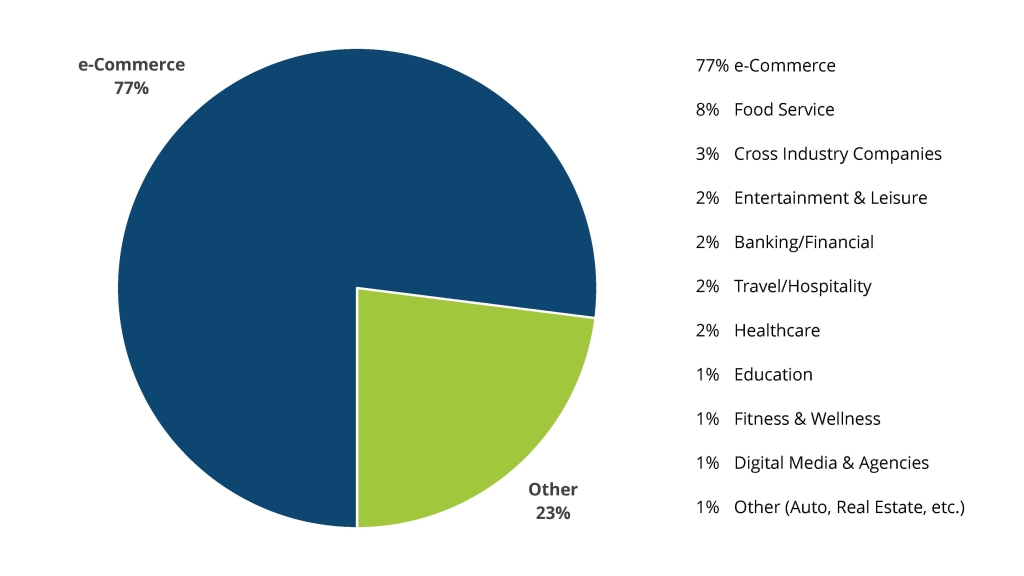
Today, marketers and graphic designers need a basic understanding of digital accessibility to do their job well. But accessibility rules can be very confusing. The convoluted legal landscape can make your head spin, but here are the key things you should know:
The Rehabilitation Act of 1973
The Rehabilitation Act of 1973 is a federal law prohibiting discrimination against individuals with disabilities by federal agencies. This landmark law requires that these agencies provide equal access and opportunities to individuals with disabilities, and paved the way for further advancements in disability rights and accessibility.
The Americans With Disabilities Act (ADA)
Introduced in 1990, the Americans With Disabilities Act (ADA) is a federal civil rights law prohibiting discrimination on the basis of disability in everyday activities. Most people are familiar with ADA as it applies to physical spaces like accessible parking spots, building entrances, bathrooms, seating, etc.
Since the law protects people with disabilities in many areas of public life and guarantees them equal access, it impacts most organizations and businesses:
- Employers (over 15 people)
- State & Local Services
- Public Transit
- Businesses Open to the Public (aka “places of public accommodation”)
- Telecommunication
How Did Accessibility Extend to Websites?
Since the Americans with Disabilities Act was not written with the internet in mind (the web was still in its infancy back in 1990!), there are no specific guidelines in the law on how to make websites and other digital content accessible. As a result, court cases started citing a set of guidelines called the Web Content Accessibility Guidelines (WCAG). The World Wide Web Consortium (W3C), an international web standards group, established and continues to update these guidelines.
Much more recently, websites, apps, and other digital content have been included under ADA due to court rulings. Judges concluded these digital assets to be “places of public accommodation” that must provide equal access. The first ruling came in the 2017 Gil v. Winn-Dixie Stores, Inc case. Probably the most famous example was Domino’s Pizza, which unsuccessfully petitioned the Supreme Court to hear its case after a federal appeals court ruled it had to make its website accessible.
In March 2022, the Department of Justice issued official guidance reaffirming digital accessibility as a requirement under ADA. It leaves room for how organizations comply but references the WCAG benchmark for web accessibility technical standards.[1] Many other countries also use the WCAG guidelines, including the UK / EU, Canada, and Australia, which make it the widely accepted standard for digital accessibility.[2]
What is Section 508?
Section 508 of the Rehabilitation Act of 1973 requires federal agencies to make their electronic and information technology accessible to individuals with disabilities. Contractors must also follow Section 508 for any products and services procured by a federal agency. The original Section 508 was ineffective due to a lack of enforcement, which prompted Congress to pass an amendment to Section 508 in 1998. The United States Access Board then issued the original Section 508 Standards in 2000 and most recently updated them in 2018. The Revised Section 508 Standards was modeled after WCAG 2.0 to establish specific accessibility standards for electronic and information technology. Many states also have their own version of Section 508, often nicknamed “Little 508,” to require digital accessibility on the state level.
How Did Accessibility Extend to Documents?
The 2018 Revised Section 508 Standards added a new requirement that extends the WCAG 2.0 web accessibility guideline to documents. For a very short requirement, “E205.4.1 Word Substitution when Applying WCAG to Non-Web Documents,” it is incredibly powerful. Federal agencies and federally procured products and services from contractors must legally abide by Section 508 and make sure that all documents follow accessibility best practices. This means, for example, that any PDF or Word documents must meet the same 508 accessibility standards as their electronic and information technology.
Digital Accessibility Lawsuit Trends
Web Accessibility Lawsuits by Year
Digital accessibility lawsuits have accelerated dramatically in the past few years. Over 4,000 web accessibility lawsuits were filed in 2022:

2022 Web Accessibility Lawsuits by State
The vast majority of web accessibility lawsuits are filed in three states:

2022 Web Accessibility Lawsuits by Industry
Unsurprisingly, e-Commerce companies are the hardest hit by web accessibility lawsuits.

Other Notable Trends from the 2022 Digital Accessibility Lawsuits
- Risk of multiple lawsuits
19% of the cases filed are against companies hit with previous digital accessibility lawsuits - Accessibility widgets do not protect against lawsuits
14% of the cases filed are against companies using accessibility widgets or overlays (i.e. AccessiBe, UserWay, etc.) - Desktop websites are the main focus of accessibility lawsuits
97% of the cases are against desktop websites. The remaining 3% are against mobile websites, videos, and mobile apps.
Web ADA Lawsuits Data Source: UsableNet. Their research team tracks and documents all digital accessibility-related lawsuits filed in federal courts under ADA and in California under the Unruh Act.
Further Reading
Introduction to Web Accessibility & WCAG Guidelines
Why is Web Accessibility Important?




